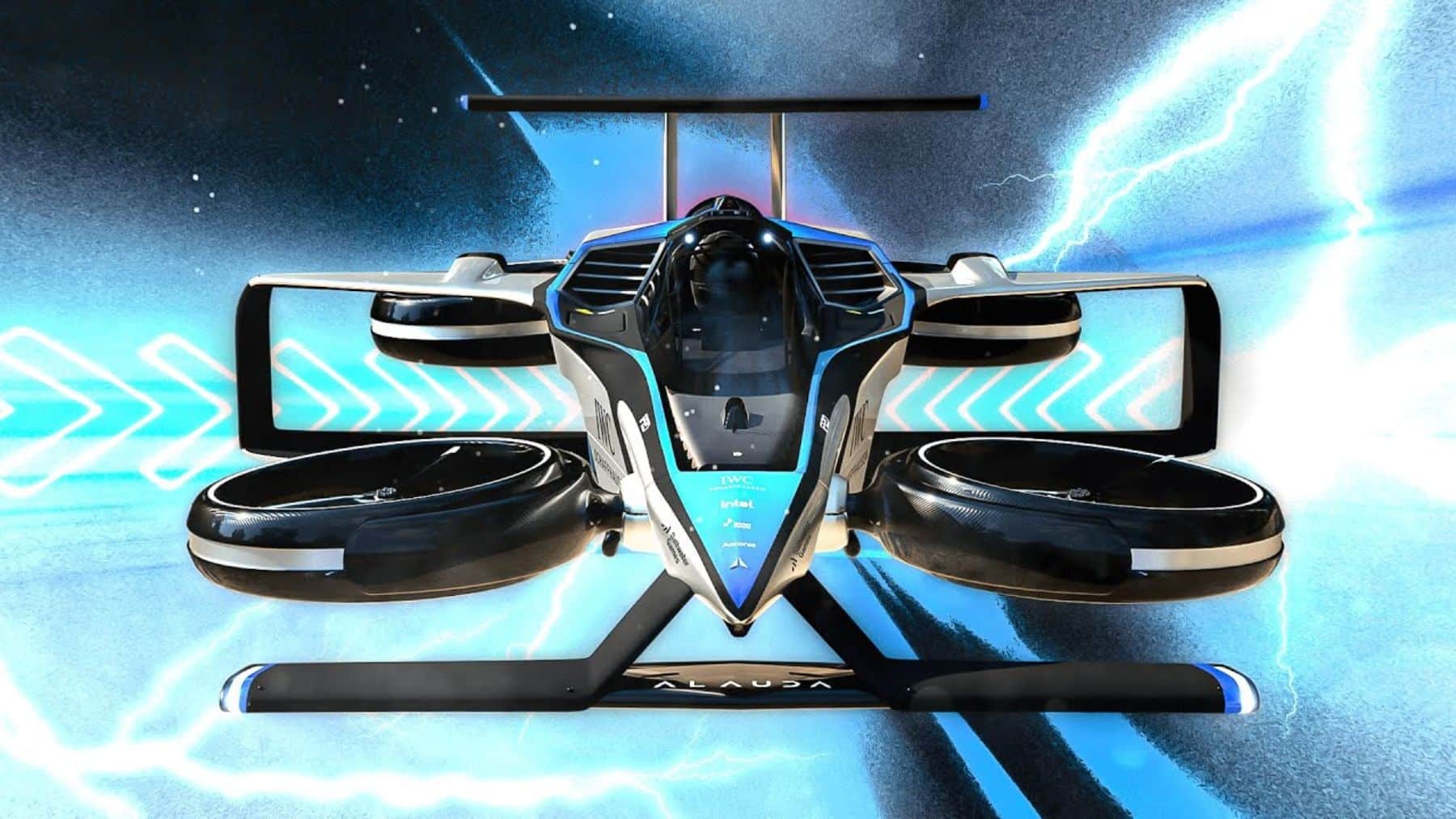Revolutionizing Mobility: From F1 to the Skies with Electric Hydrogen-Powered Flying Cars
Key Ideas
- AMSL Aero, inspired by Formula 1 technology, partners with Conflux Technology to develop Vertiia, a cutting-edge flying car powered by hydrogen fuel cells.
- Vertiia aims to achieve speeds comparable to F1 cars while offering long-range, zero-emission flights, revolutionizing the automotive industry.
- The integration of advanced heat exchange technology by Conflux Technology optimizes efficiency and performance of hydrogen fuel cells in Vertiia.
- The combination of Formula 1 technology and clean hydrogen power in flying cars like Vertiia signals a promising future for sustainable aviation.
AMSL Aero, a tech Startup, has been making waves in the automotive industry with its innovative approach to flying cars. Inspired by Formula 1 cars, AMSL partnered with Conflux Technology to create Vertiia, a groundbreaking flying car powered by hydrogen fuel cells. This partnership is crucial as Conflux brings its expertise in engine cooling, essential for the high-performance operation of Vertiia. The electric car promises to reach speeds of up to 300 km/h, offering zero-emission, long-range flights. The integration of advanced heat exchange technology ensures optimal efficiency of the fuel cells, with Conflux's CEO highlighting the importance of thermal management for clean aviation solutions. This development not only showcases technological innovation but also emphasizes sustainability, essential for the industry's evolution. While still in the testing phase, Vertiia represents a significant step towards the future of flying cars. With the blend of Formula 1 technology and hydrogen power, the potential for clean, high-speed aerial transportation is exciting, hinting at a promising path ahead for sustainable aviation.
